Frequently Asked Questions
 Chargeback Terminology
Chargeback Terminology
What is a Value-Added Reseller (VAR) sheet?
A Value-Added Reseller (VAR) sheet is the file containing the identifying information for a merchant, including merchant account information, MID, processor info, and MCC. It is also known as a tear sheet or a parameter sheet.
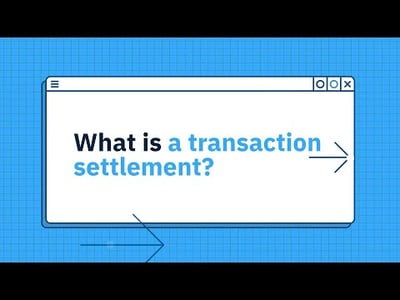 Chargeback Terminology
Chargeback Terminology
What is a transaction settlement?
“Transaction settlement” is the term for the actual process of the issuing bank moving funds from the consumer’s account to the merchant’s account with the acquiring bank.
 Chargeback Terminology
Chargeback Terminology
What are credit card networks?
Card networks are companies—such as Visa, Mastercard, or American Express—that facilitate credit card and debit card payments by lending funds to merchants and seeking reimbursement from cardholders.
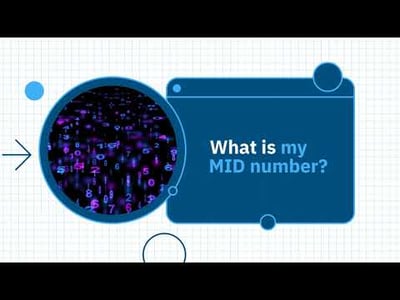 Chargeback Terminology
Chargeback Terminology
What is my MID number?
Your merchant identification (MID) number is a 15-digit code that should appear in the upper right corner of your monthly merchant statement. If you have a physical payment card terminal, it may appear on that, as well. Also it can sometimes be found on physical transaction receipts.
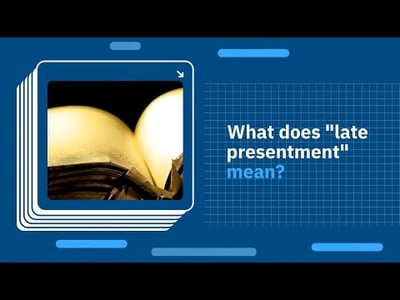 Chargeback Reason Codes
Chargeback Reason Codes
What does "late presentment" mean?
“Late Presentment” is a reason code description for three of the four card brands (reason code 12.1 for Visa, 4842 for Mastercard, and LP for Discover). It indicates that the merchant has not properly deposited the transaction amount within the card network’s acceptable time frame and a chargeback will be issued as a result.
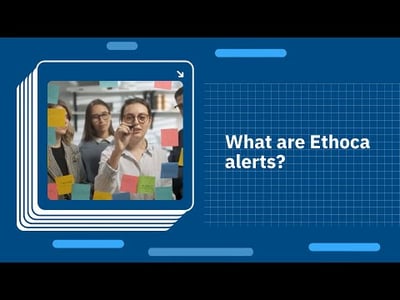 Chargeback Alerts
Chargeback Alerts
What are Ethoca alerts?
Ethoca is one of the major brands of chargeback alerts providers. The other is Verifi.
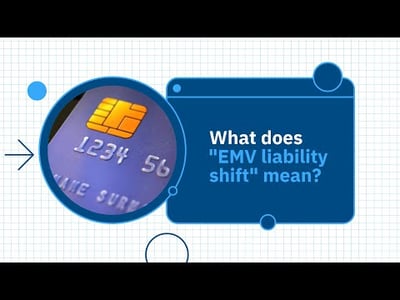 Chargeback Terminology
Chargeback Terminology
What does "EMV liability shift" mean?
EMV stands for "Europay, Mastercard, and Visa". When the card networks developed and implemented EMV chips as a new fraud protection technology, they changed certain policies to induce merchants to upgrade to card readers that were compatible with EMV chips. The main policy change was to make it so that merchants without EMV-compatible payment terminals would be liable for the cost of any fraud claims stemming from transactions made with non-EMV terminals. Normally, that liability would lie with the issuer, hence the “EMV liability shift” from issuer (cardholder's bank) to acquirer (merchant’s bank). Certain reason codes relate to this liability shift.
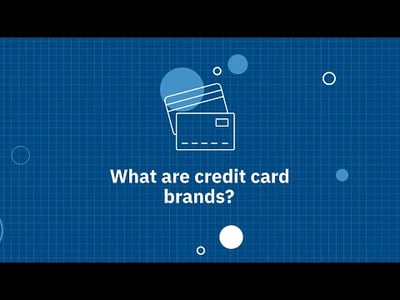 Chargeback Terminology
Chargeback Terminology
What are credit card brands?
A credit card brand is a network of issuers and acquirers that process a specific brand of payment cards. Card brands are companies—such as Visa, Mastercard, or American Express—that facilitate credit card and debit card payments by lending funds to merchants and seeking reimbursement from cardholders. Some card brands work with issuing banks while others serve as their own issuers.
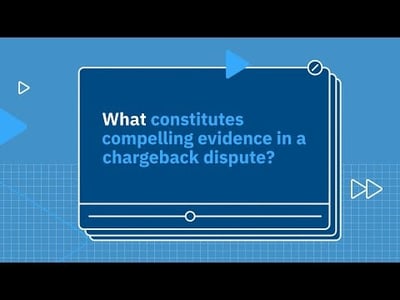 Chargeback Representment
Chargeback Representment
What constitutes compelling evidence in a chargeback dispute?
The compelling evidence that a merchant submits in representment changes depending on the source of the chargeback. Essentially, the content of the evidence needs to match the reason code. The format of the evidence should be something that clearly serves as documentation of the merchant’s counterclaims. This includes records of communication between merchant and cardholder, delivery confirmation, invoices and receipts, and confirmation of the cardholder's identification.